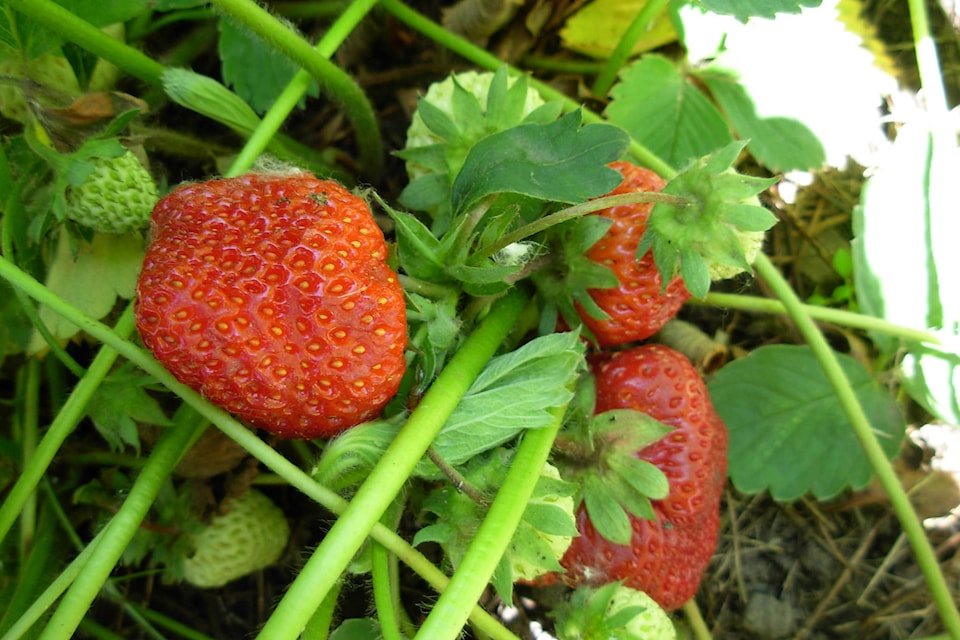I hope you did not feel I ended last week’s column on a sad note because that was not my intention. I like to reflect on my years in the gardening service.
Many of my visits to customers were to fix a problem. I could sometimes, but not always, bring what I referred to as “bad tidings.”
As many of you know, much of gardening has to do with identifying a problem like last week with the aphids. That is what makes gardening exciting to me because, for every issue, there is, most of the time, a solution.
Be on high alert for insect pests and diseases. These include but are not limited to aphids, asparagus beetles, cabbage worms, cutworms, tomato hornworms and slugs. It is essential to keep an eye on leaves curled up. Remove the leaf, open it up to examine why it is curled up. If it is aphids check if they are alive.
Let me direct you to a more positive note. I was checking if there were any weeds in the vegetable garden and walking up one row of the strawberries and noticed several large ripe ones.
It is an exciting time of the year when the vegetable garden starts to produce. When watering the raspberries, I noticed they started to bloom.
The fruit trees need our attention again. This time it has to do with summer pruning. No, it is not something I just came up with to get you out of the garden chair. It has been done starting in the late 1800s.
If you take a look at your fruit trees, you will notice some new growth. This has to be trimmed back to allow the trees to produce larger fruits and not use their energy to grow branches. It is not a big job and not a must, but consider the advantage of picking fruit more accessible.
It is time for the annuals to get some fertilizer. The same for the fruit-bearing bushes and do not forget the strawberries.
If you have any clematis, make up some liquid fertilizer and feed them every two weeks on the regular watering day. On that note, the old strawberry plant is producing and new plants also come from the runners. If yours has been in a spot for three years, it is time to relocate as the production will start to diminish. Here is where the new plants come in.
I have to spend a great deal of time this week trimming back the clematises. When they are finished blooming, it appears a whole lot of energy is used by sending out new growth.
If you have a clematis, that has been sending out new shoots, but only at the top and the rest is bare, it is time to cut the bush back to about 12 inches from the ground. It will be sending new growth in about two weeks.
If you have questions or suggestions for topics, please email me at e.jacobsen85@yahoo.com
